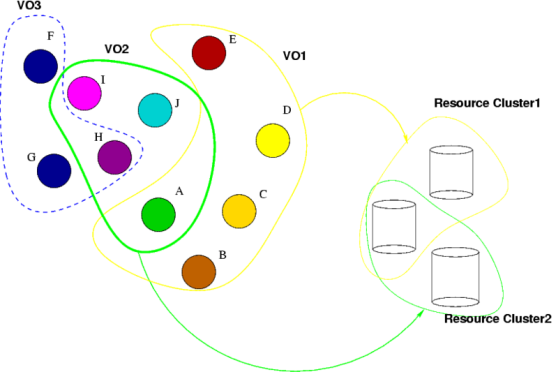“Let us not love in word or speech, but in deed and in truth.” 1 John 3:18
Von Balthasar lays out a vision of Christian action based upon the revelation of Jesus and fully revealed in his self-emptying devotion on the cross. This action is rooted in a completely free communion of love between the Father, the Son and the Spirit.
Christian action outside this revelation of love becomes pure ethics and is drained of the relational content of love’s revelation. Without this relation, action can become subject to necessity because it is not free in love. Think of Jesus action in the cross. It proceeds from the love of the Father and returns to the love of the Father. His action is an incarnation of Lover and Beloved. Just as the Son lives in this pure relation of lover and beloved with the Father, He reveals this love to a world at enmity with God.
His incarnation reveals God’s intention to relate to His people as Lover and Beloved. Von Balthasar references the Song of Solomon to emphasize that Lover and Beloved are complete within their mutual reciprocation of love. This love is not dependent upon producing children but is free of necessity and complete in itself.
The love between the Father, the Son and the Spirit is a complete love that needs nothing outside the relation to bring completion. Creation does not make God’s love more real. God’s love does not necessitate creating. The love between the Father, the Son and the Spirit is complete (completely fulfilling and fulfilled).
There is no unmet longing within God. While human happiness necessitates a longing beyond ourselves, the love of God is free of necessity. This is difficult for us to grasp because we do not live in this reality. As result, without something new outside the circle of reciprocal love, we might tend to think this love, this relation will growing tiresome, boring. That reveals our own incapacity for complete love that is free of necessity.
With this idea of a completely fulfilled love within the relation of the Godhead, Von Balthasar continues to lay out a picture of love that has no motive, no unfulfilled eros, no longing beyond the mutual reciprocity of love. For images of this among humans, Von Balthasar turns to Mary when she pours out the costly vial on Jesus’s feet. Her act is pure response to love, thus it appears as useless to outside eyes. (This useless outpouring of love makes me think of Chuang Tzu’s useless tree.)
Christian action springs from the freedom of a loving communion between Lover and Beloved. Enveloped in the ongoing communion of lover and beloved, the Christian moves from love and toward love. Only now can Von Balthasar begin to discuss dogmatic theology and offer his definition that “Dogmatic theology is the articulation of the conditions of possibility of Christian action in light of revelation.”
Thus all Christian action is a secondary reaction to the primary action of God as Lover and Beloved. Taken up into this communion by the Holy Spirit, the Christian simply responds and acts in this self-emptying love as most fully revealed in the cross. In the cross, God reconciles his enemies. When the enemy is not even on speaking terms, God acts to bring reconciliation.
In Christ, He enters into the gulf of sin and suffering that ripples across our world. Entering into the very gulf of death created by such violations of love, God both both judges and offers complete rectitude by taking the division, the suffering, the separation into Himself. The cross is both historical (occurring at a fixed point in space and time) and ahistorical (anticipating the revelation of love’s ultimate triumph when all creation is reconciled to God).
Thus the Christian acts (incompletely and partially) in love at a fixed point in time and space while still anticipating the triumph of love in that action (complete and absolute). Von Balthasar calls this action parousial. The act of love that anticipates the sudden revealing of complete love in all creation.
The Christian also acts in faith. While not ignoring the faults of others in the world around him, the Christian is to look with eyes of faith at Jesus’ action in the cross. By the grace of the Spirit, the Christian is taken up into the communion of suffering found within the cross. Only in the place of the cross, does the Christian begin to behold the knowledge of the love of God. Thus loving action cannot be separated from a loving communion that is rooted in self-emptying love.
Von Balthasar offers many points for consideration and reflection: a love without necessity, loving action that is both universal and particular/historical and ahistorical, action rooted in the communion of self-emptying love, and a knowledge rooted in loving communion as revealed in the cross.



